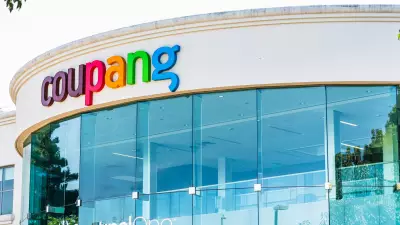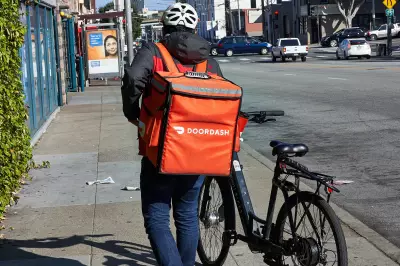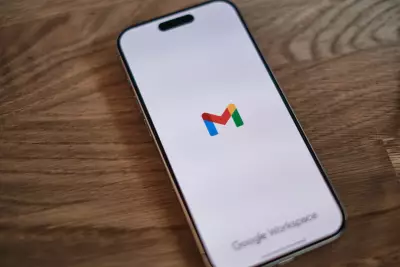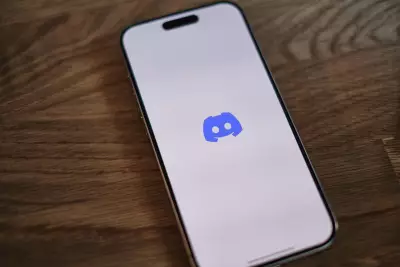What is a VPN on iPhone and Do You Need One?
Table of Contents
- By Greg Brown
- Published: Jun 12, 2023
- Last Updated: Jun 22, 2023

In this modern malware-infected world, iPhones are extremely secure electronic devices; however, they are not immune to a virus. Apple uses a technique termed “sandboxing” to isolate third-party apps from making changes to the core files. If a user downloads an application to their iPhone, the device creates a separate “virtual space” for the app.
Each downloaded app is given a randomly assigned home directory for its files. If the downloaded application needs services from the core to operate, it uses IOS’s explicit control mechanism. Apple uses another technique called Address Space Layout Randomization (ASLR) to protect core system files and resources. Built-in apps, system libraries, and executable code rely on ASLR to randomize memory on launch, reducing any likelihood of outside exploitation.
With such a secure device and operating system, the question then becomes, “Do I Need a VPN?”
What is a VPN on an iPhone?
VPNs are mechanisms to create a secure connection between a computing device and a network, usually the Internet. A point-to-point tunnel is established between the devices. All digital communication, such as email and web surfing, runs through the VPN servers rather than direct contact. VPN tunnels encrypt each piece of digital traffic, masking the user’s IP address and letting operators sidestep firewalls and other blocks. VPNs ensure user data is kept secure and private.
Benefits of a residential or commercial VPN:
- Data is secure, like work emails, payment information, and location tagging is impossible. VPN services use two types of encryption; symmetric and asymmetric. Symmetric uses a single key between both parties, and asymmetric uses a public and private key.
- With the fundamental change from public to private workplaces, many employees work from home and require a VPN.
- ISP and third-party tracking are blocked. Most ISP services track a user’s activity by following the unique IP address. Some ISP providers sell this information without permission.
How to Get a VPN on iPhone?
iPhone, MAC, or iPad do not offer built-in VPN services; they give the user only the client. However, choose a preferred VPN service that suits you, and any Apple device connects in seconds. Connecting to a VPN is a simple matter of navigating to the VPN client of the iPhone and adding credentials. Apple offers a sophisticated Mobile Device Management (MDM) solution that lets users wirelessly configure devices by sending pre-configured profiles and commands.
Combine the innate security of an iPhone with a reliable VPN service, and your device becomes almost impenetrable. The separation of apps keeps viruses from running rampant on the device; however, it is possible to Jailbreak the iPhone or target the device specifically.
Why Do You Need a VPN on iPhone?
Every VPN service and every endorsement website insists that using its advanced encryption algorithms stops potential predators from invading your space. Maybe, on less secure devices, a VPN is recommended. On the iPhone, with its app separation method, a VPN must be deemed essential. If the information sent is critical to your job or a vital part of your personal life, Apple suggests using the services described on its VPN client info above.
The iPhone’s core systems are protected, and each app runs in its own space; viruses have no chance of spreading. So, is spending the extra dollars a month necessary? Only if you love being sold.
What Does a VPN Do on an iPhone?
Though rare, iPhones can be infected with malware, such as a high-value targeted spearfishing attack or jailbreaking the device. The number of malicious infections targeting an iPhone is minuscule. Malicious malware code is increasing by the hour, targeting less secure devices.
Jailbreaking

Jailbreaking, cracking, or rooting bypasses the manufactures installed root protections of its core hardware and operating system. Hardware root protection is the secure foundation of the device, which uses cryptographic keys to ensure a secure boot process. On the iPhone, go to Settings, About, and then scroll down to Certificate Trust Settings. You will find the certificate, Trust Store, and Asset Version there. These certificates ensure your device has complete security when rebooting.
iPhone jailbreaking was once a common occurrence with a locked device. Customers wanted to change carriers for many reasons, starting with cheaper rates or moving overseas. Super users wanted to customize their devices more deeply than Apple would allow.
Apple has radically changed its stance, making it easier to change carriers. Plus, with the modern IOS offering many more options, users are not rooting the iPhone. Customers of Apple need to find more constructive ways to spend their time than trying to break into an iPhone.
What is the VPN Configuration Option on iPhone Settings?
Sixty-five percent of all known cyber groups use some form of email phishing as their primary attack vector. Google reports they block a staggering 100 million phishing attacks daily. Spear phishing, however, targets a specific person or group.
Cyber-criminals targeting a person owning an iPhone no longer use crude and poorly written messages. The modern hacker employs a highly focused attack methodology, going after high-value targets. Recent reports have suggested that 85% of mobile phone users fall for targeted spearfishing. Messages are more urgent coming from high-value senders such as an employee’s CEO or Amazon’s Chief of Product Development and other non-sense.
Hackers’ primary objective with an iPhone is to wear down the user; they are so tired of receiving emails they click on any of the links just to shut them up. Unfortunately, this is the worst possible action.
Malware attacks are rare on an iPhone, with the most likely cause being an unwitting user clicking on a link or downloading a malicious file. As stated above, Apple isolates its operating core from any third-party files using a virtual sandbox. Microsoft pioneered the technology decades ago because of constant cyber-attack. NTFS gave users complete control of files and folders. Today every digital operating system is a development of the work done decades ago.
Apple’s diverse operating core and security sub-structures are considered one of the most protected in development today. They are a modern hardware and software company that considers security as part of their core fundamentals.
















